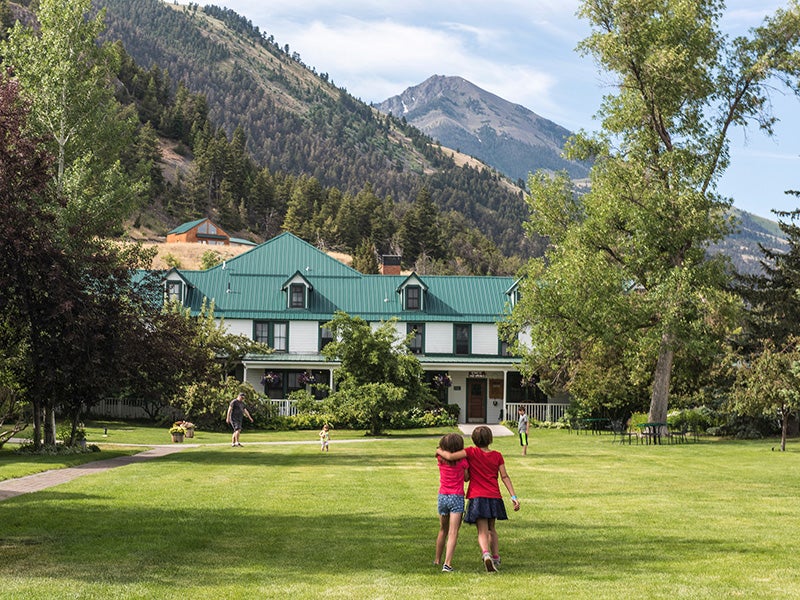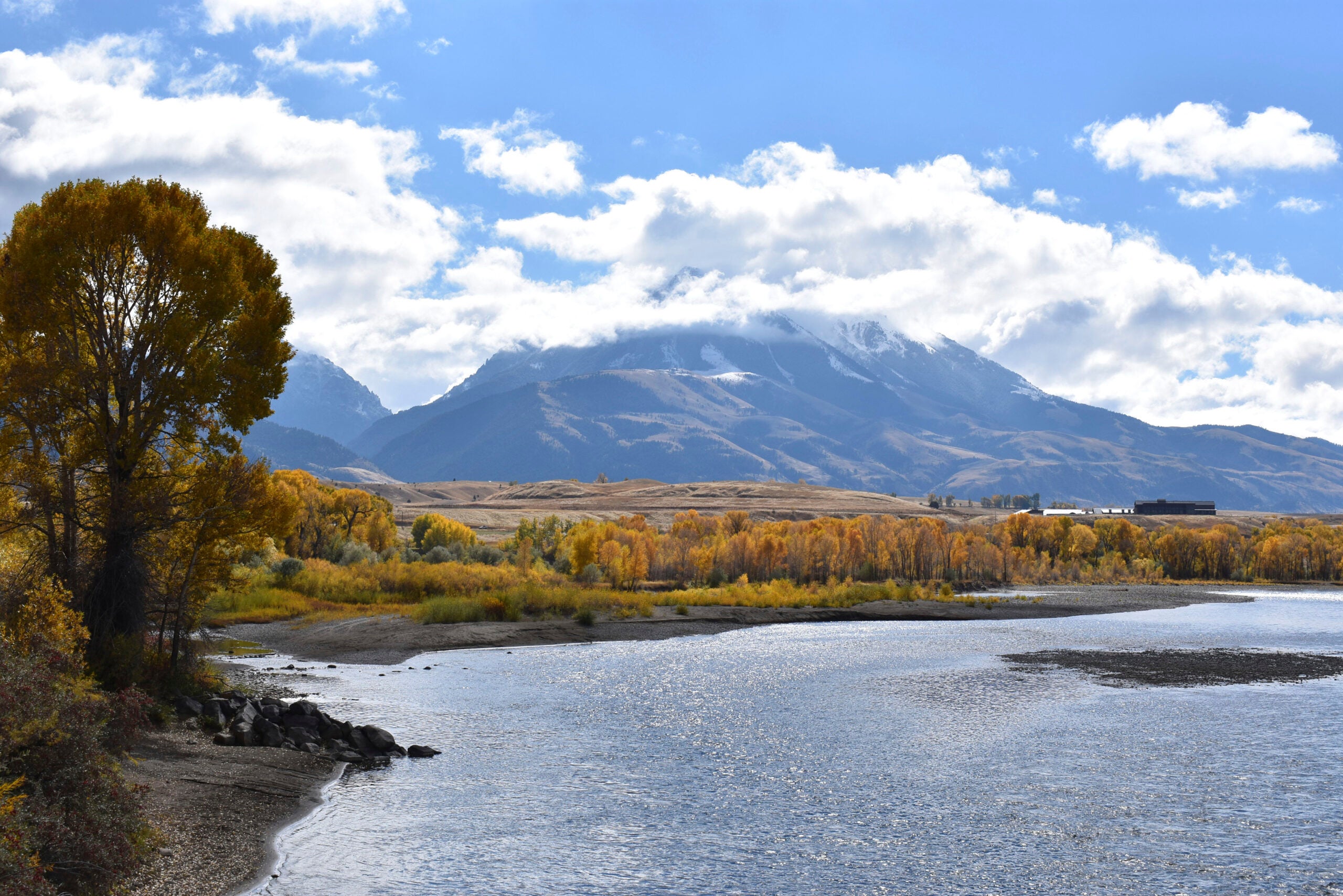Defending Yellowstone National Park from Industrial Gold Mining
If the mineral exploration project goes forward, it will introduce industrial activity in a remote landscape that includes Yellowstone River tributaries and is in the heart of the Paradise Valley.
Regional Office / Program
Case Overview
Groups opposed to industrial gold mining north of Yellowstone National Park filed a lawsuit on September 22, 2017, challenging the Montana Department of Environmental Quality’s approval of extensive mineral exploration in Emigrant Gulch near Park County’s Paradise Valley. The exploration is proposed by Lucky Minerals, a Canadian company whose intention is to develop “a multi-million ounce gold” mine. The lawsuit was filed by Greater Yellowstone Coalition and Park County Environmental Council, represented by Earthjustice.
If the mineral exploration project goes forward, it will introduce industrial activity in a remote landscape that includes Yellowstone River tributaries and is in the heart of the Paradise Valley. The project is the first step in Lucky’s plans to develop large-scale gold mining that will threaten Park County’s tourism economy, which depends on clean water and access to the County’s spectacular public lands, the groups say. On July 26, 2017, DEQ approved the exploratory drilling—which would occur 24 hours each day between July 15 and October 15 for two consecutive years—after finding that exploratory drilling would not cause any significant environmental harm.
Lucky’s exploration project is planned on private mining claims in the midst of public lands in the Custer Gallatin National Forest. Reflecting outspoken public opposition to gold mining in this area from local businesses and residents, on November 21, 2016, the U.S. Forest Service and Department of Interior announced a proposal to withdraw 30,000 acres of land in Paradise Valley—including National Forest System lands adjacent to Lucky’s proposed project—from mineral exploration and development. The proposal had the immediate effect of preventing mining activity, subject to valid existing rights, for two years. If finalized, the withdrawal will prevent mining activity on these lands for as many as 20 years.
At the time of the lawsuit’s filing, the Yellowstone Gateway Protection Act was pending in the U.S. Senate, which if signed into law would make these protections permanent. However, the public lands withdrawal does not prevent Lucky’s mineral exploration on adjacent private property.

Case Updates
Case page created on September 22, 2017.
